Simon Bull
Visualisation of Survey Responses using Self-Organising Maps: A Case Study on Diabetes Self-care Factors
Aug 30, 2016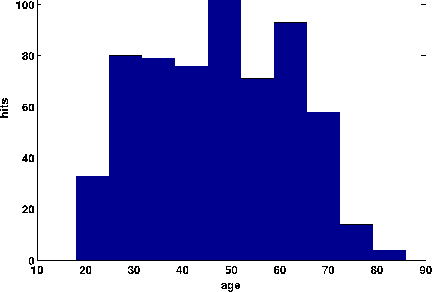
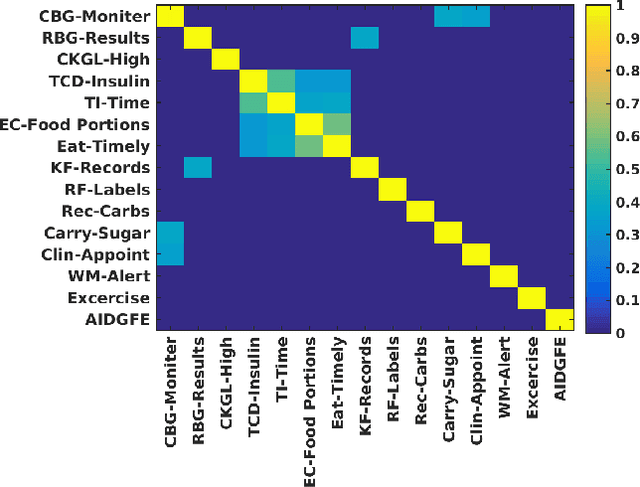
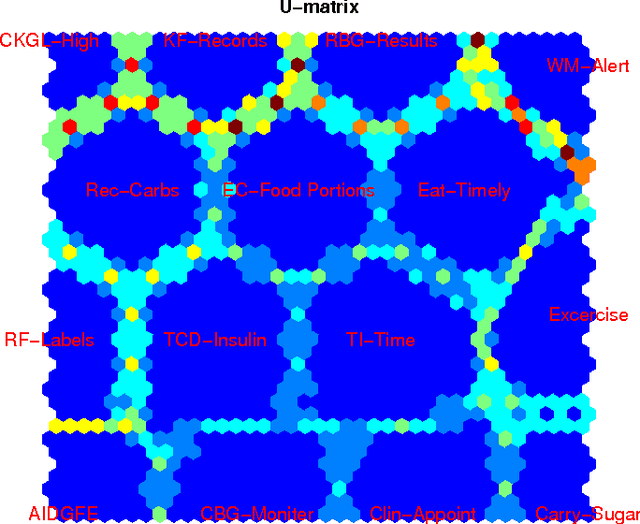
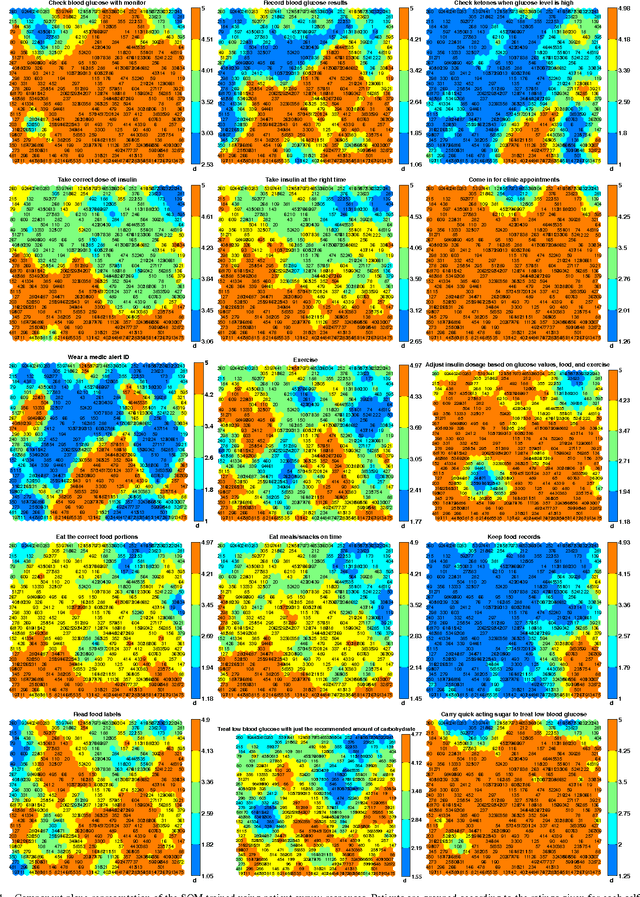
Abstract:Due to the chronic nature of diabetes, patient self-care factors play an important role in any treatment plan. In order to understand the behaviour of patients in response to medical advice on self-care, clinicians often conduct cross-sectional surveys. When analysing the survey data, statistical machine learning methods can potentially provide additional insight into the data either through deeper understanding of the patterns present or making information available to clinicians in an intuitive manner. In this study, we use self-organising maps (SOMs) to visualise the responses of patients who share similar responses to survey questions, with the goal of helping clinicians understand how patients are managing their treatment and where action should be taken. The principle behavioural patterns revealed through this are that: patients who take the correct dose of insulin also tend to take their injections at the correct time, patients who eat on time also tend to correctly manage their food portions and patients who check their blood glucose with a monitor also tend to adjust their insulin dosage and carry snacks to counter low blood glucose. The identification of these positive behavioural patterns can also help to inform treatment by exploiting their negative corollaries.
Automatic Classification of Irregularly Sampled Time Series with Unequal Lengths: A Case Study on Estimated Glomerular Filtration Rate
May 17, 2016

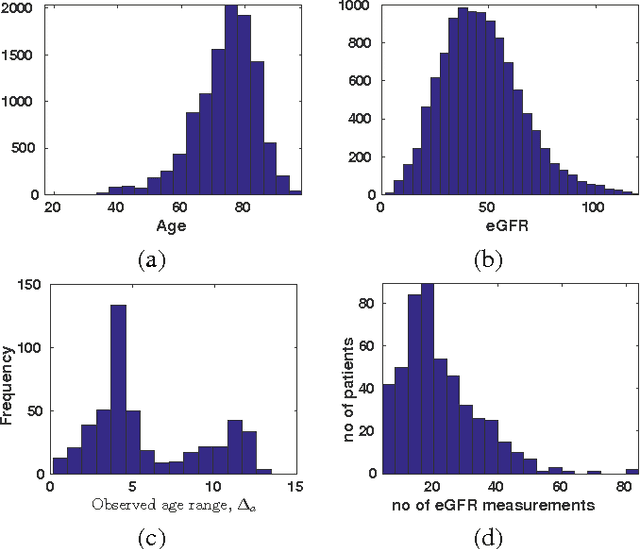

Abstract:A patient's estimated glomerular filtration rate (eGFR) can provide important information about disease progression and kidney function. Traditionally, an eGFR time series is interpreted by a human expert labelling it as stable or unstable. While this approach works for individual patients, the time consuming nature of it precludes the quick evaluation of risk in large numbers of patients. However, automating this process poses significant challenges as eGFR measurements are usually recorded at irregular intervals and the series of measurements differs in length between patients. Here we present a two-tier system to automatically classify an eGFR trend. First, we model the time series using Gaussian process regression (GPR) to fill in `gaps' by resampling a fixed size vector of fifty time-dependent observations. Second, we classify the resampled eGFR time series using a K-NN/SVM classifier, and evaluate its performance via 5-fold cross validation. Using this approach we achieved an F-score of 0.90, compared to 0.96 for 5 human experts when scored amongst themselves.
 Add to Chrome
Add to Chrome Add to Firefox
Add to Firefox Add to Edge
Add to Edge